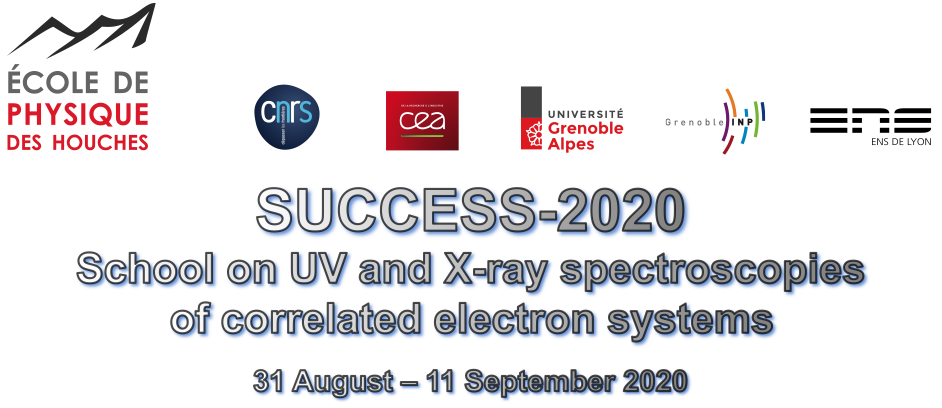
|
|
|
Scope & subjectsIn systems with strongly-interacting fermions, the competition between the different degrees of freedom leads to competing quantum ground states, from which a rich variety of macroscopic phenomena emerge. In many cases, these phenomena arise from phase transitions described by exotic (or even unknown) order parameters and underlying novel states of matter. To understand the remarkable properties of correlated-electron materials, the most direct approach is to study their microscopic electronic structure and how the many-body interactions and phase transitions affect it. The recent years have seen the development of many new ultra-violet, X-ray and synchrotron-based spectroscopy techniques (or new variants of old ones) that address precisely those fundamental questions. Examples of such techniques are ultra-high-resolution angle-resolved photoemission (ARPES), soft-X-ray ARPES, hard-X-ray photoemission (HAXPES), resonant elastic and inelastic X-ray scattering (REXS and RIXS), spin-resolved photoemission, time-resolved and two-photon ARPES, etc. The purpose of this school is to introduce, both at experimental and theoretical levels, these techniques, from their basic unifying principles to their state-of-the-art applications in the understanding of correlated-electron systems. Particular attention will be drawn on challenges and future developments of the techniques. This school is addressed to graduate students and young researchers in the field of correlated-electron materials. There will be ample time for questions and discussions, and sessions at the end of each day where the participants are expected to present in a pedagogical way their graduate project or on-going research. SUBJECTS:
TECHNIQUES:
|


